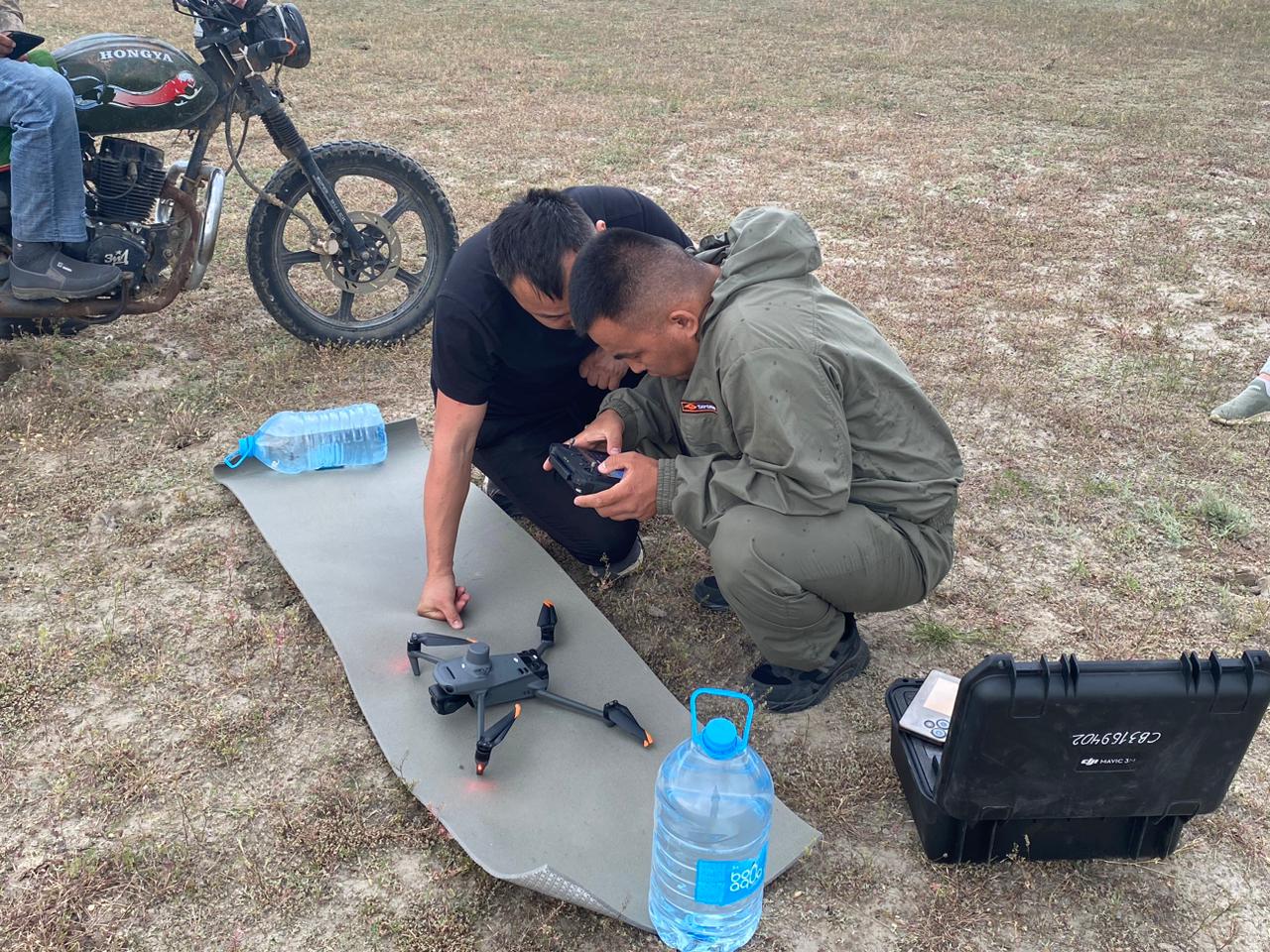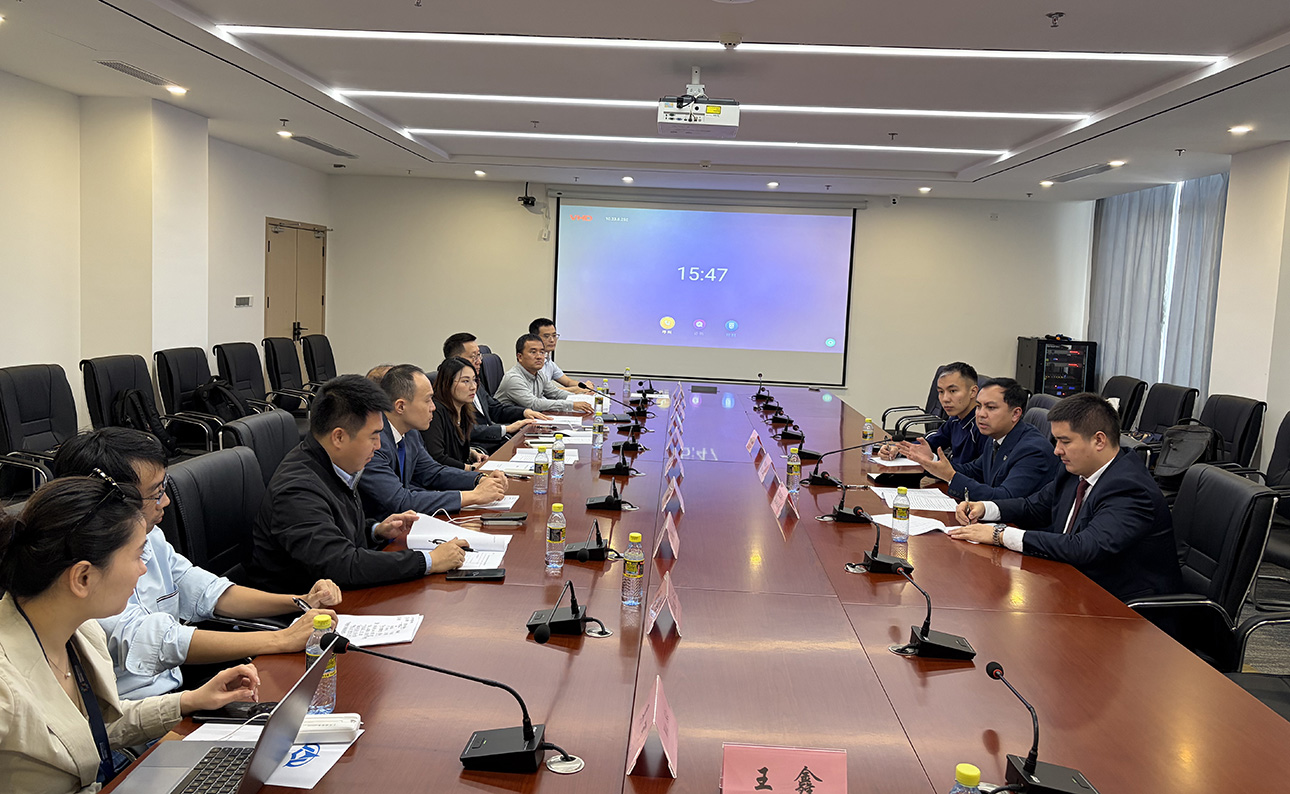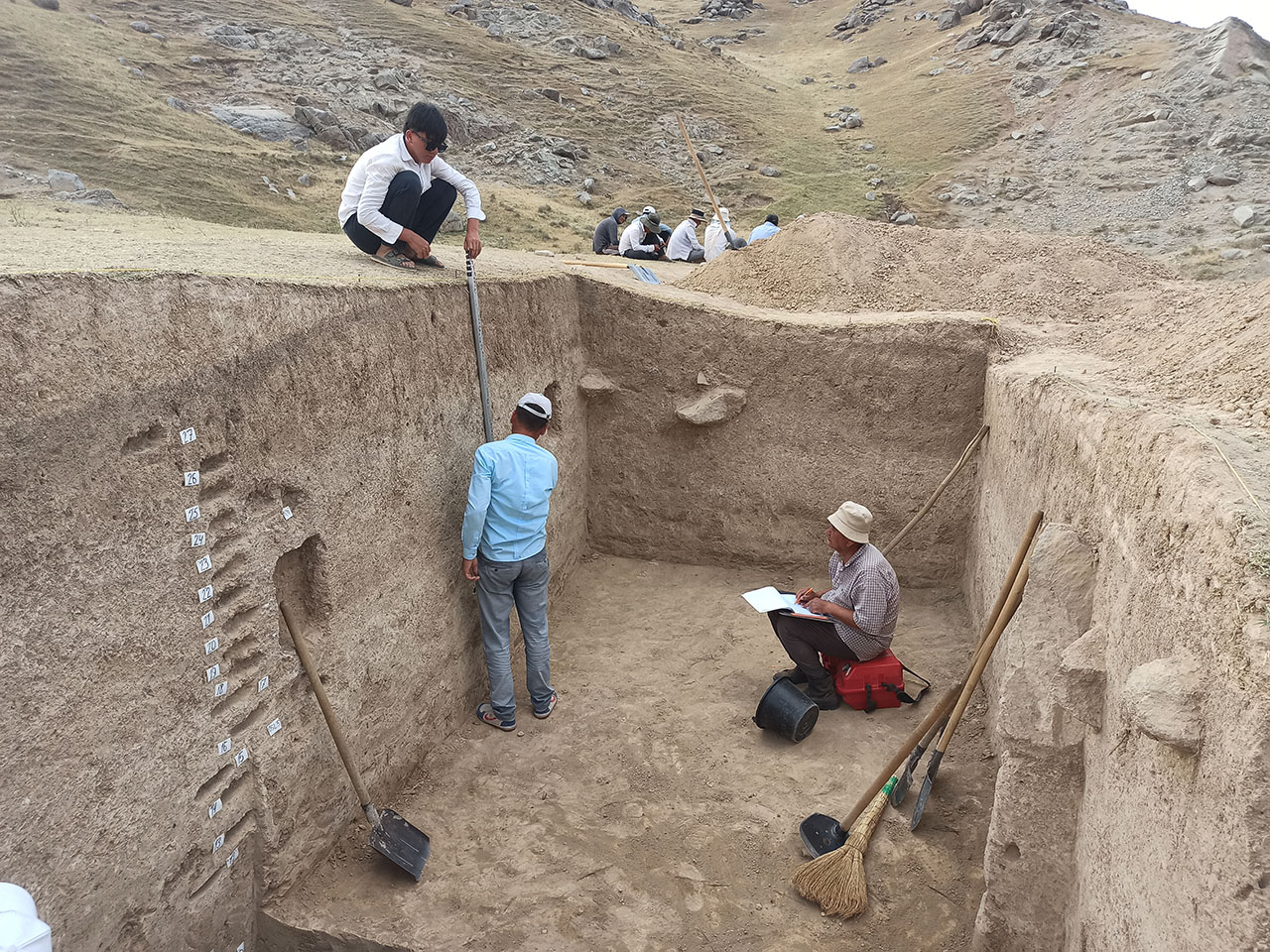Hydroecological state of water resources in the West Kazakhstan region

As part of the implementation of Megagrant BR21882122 " Sustainable development of natural-industrial and socio-economic systems of the West Kazakhstan region in the context of green growth: a comprehensive analysis, concept, forecast estimates and scenarios", under subprogram 5: Assess the pollution of surface and groundwater in the West Kazakhstan region in field research is being carried out in the context of sustainable development.
.jpg)
The research group carries out multispectral surveys of surface water resources, creates an orthophotomap with clarification of the register of objects discharging treated wastewater, objects discharging treated wastewater into water bodies, and determines organoleptic, general sanitary and toxicological indicators of water quality directly at the sampling site. Analyzes are performed using test kits - quantitative (for some indicators - semi-quantitative) standardized unified methods, as well as a “mobile laboratory” spectrophotometer DR 1900.

It is worth noting that when monitoring the quality of water resources during flood conditions in the Western Kazakhstan regions (April, 2024), suspended solids exceeded 20 MPC, nitrites 4.3 MPC, chromium (6+) 1.26 MPC, boron 2.8 MPC. (https://farabi.university/news/88238)
Determination of physico-chemical indicators in surface water resources of the Aktobe region (Or River, Lake Belkol, Irgiz River, Lake Aike, Lake Karashatau) showed that there is an excess of suspended substances of 11.3-29.3 MPC, nitrites of 1.6-8, 7 MPC, chromium (6+) 0.54-2.12 MPC, boron 2.2-5.8 MPC, COD 5.8-134 MPC, surfactant 1-4 MPC.


